Clarias Juveniles
The Clarias juveniles have given a great boost to aquaculture and impacted the livelihoods of many catfish farmers. The Clarias spp can adapt to a wide variety of environments and is very tolerant of extreme water conditions.
- You will recognize the Clarias gariepinus by their cylindrical body with scaleless skin, small eyes, elongated spineless dorsal fin, and flattened bony head.
- The adult males are easily recognized by their distinct sexual papilla just behind the anus.
- They appear greyish black in color with a creamy-white underside.
- The Clarias Spp (African Catfish) are cannibals. Hence, farmers need to properly sort them into different sizes and put them in the appropriate ponds.
Handling clarias juveniles
- Handling live African catfish is easy because, as long as the skin remains wet, they can stay alive for many days out of water.
- Depending on fish size and market demand, the fish may be steaked; filleted; or sold headed, gutted, and skinned.
- Male African catfish exhibit the best dressing and fillet percentage.
- Compared to other species, C. gariepinus is low in lipid and consequentially has no intense flavor (smell and taste).
- Smoked African catfish are also in high demand be because they can be stored for longer periods without power while retaining nutritional quality.
- These fish are remarkably resilient.
Heteroclarias juveniles are hybrid products of the cross between male Heterobranchus longifilis and female Clarias gariepinus.
Features of Heteroclarias juveniles
- They are very rugged and disease resistant.
- These species consume less feed when compared to Clarias species.
- They attain bigger sizes than Clarias spp, and they weigh much higher at harvest.
- They thrive well on a wide range of plant protein based fish feeds.
- With comparatively longer post-harvest survivability, they are thus preferable to buyers.
- Its white flesh gives it a better taste than catfish species.
Precautions when stocking ponds with juveniles
- Reduce stress from point of transportation to point of introduction into the pond.
- Avoid exposure to heat by covering transport containers
- Avoid shaking containers unnecessarily while transporting.
Morphological characteristics of catfish
Body elongate. Head large, depressed, and bony with small eyes. Narrow and angular occipital process; gill openings wide; air-breathing labyrinthic organ arising from gill arches; first gill arch with 24 to 110 gill rakers; cleithrum pointed, narrow with longitudinal ridges and with sharpness. Mouth terminal, large. Four pairs of barbels are present. Long dorsal and anal fins; without dorsal fin spine and adipose fin. Anterior edge of pectoral spine serrated. Caudal fin rounded. Colour varies from sandy-yellow through gray to olive with dark greenish-brown markings, belly white.







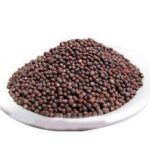





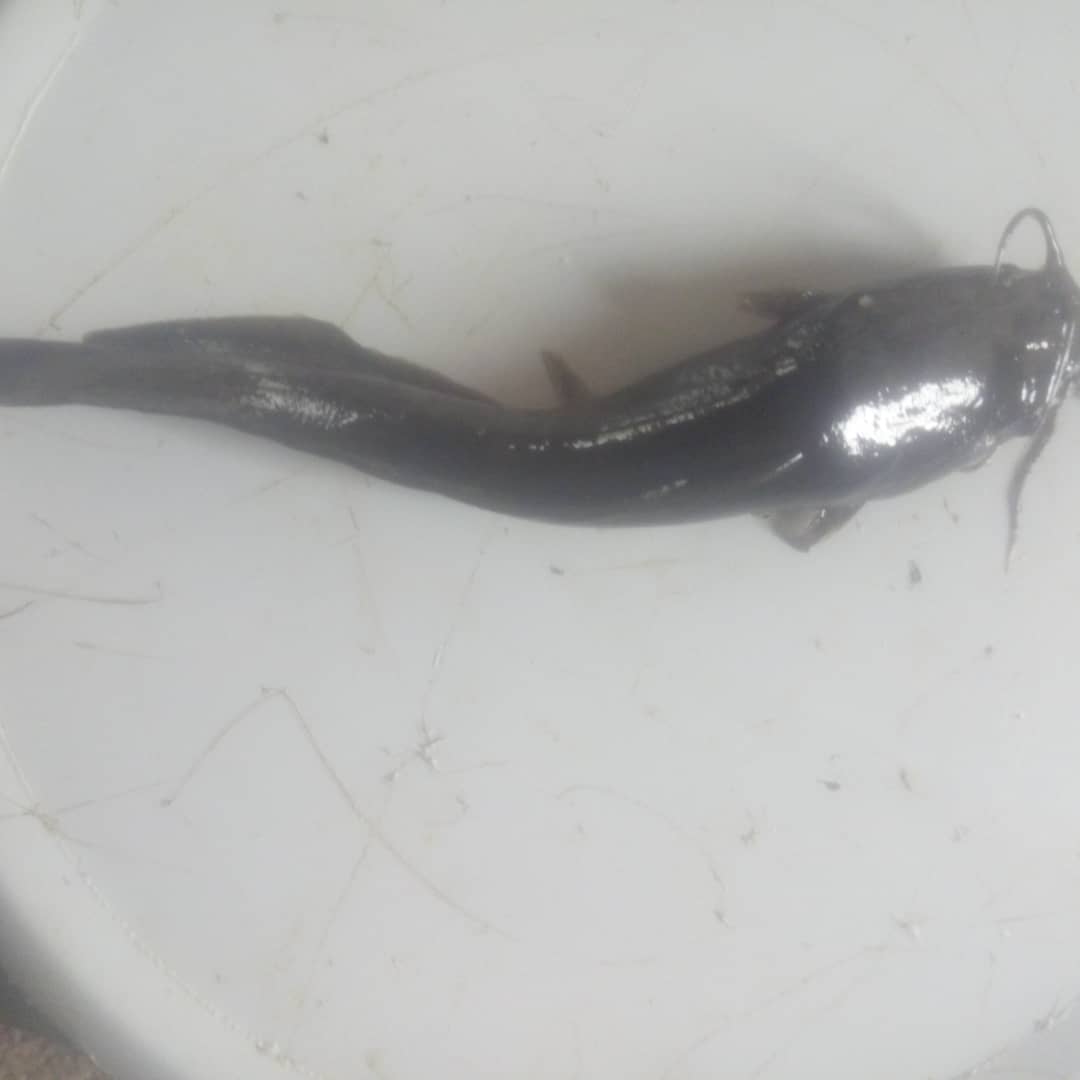
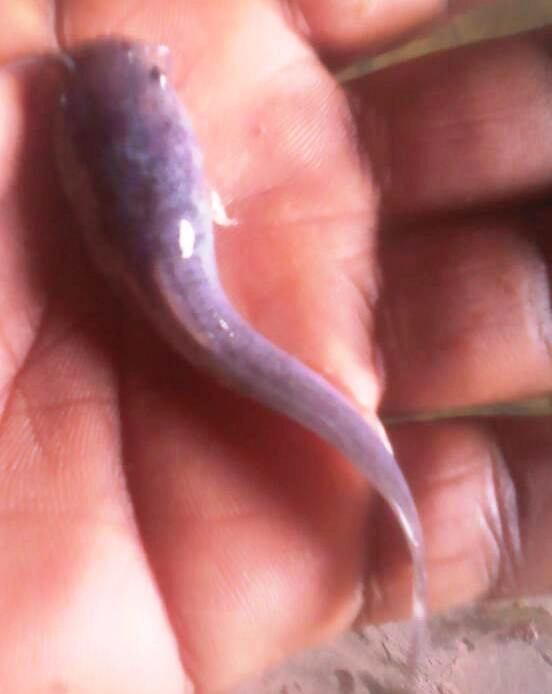
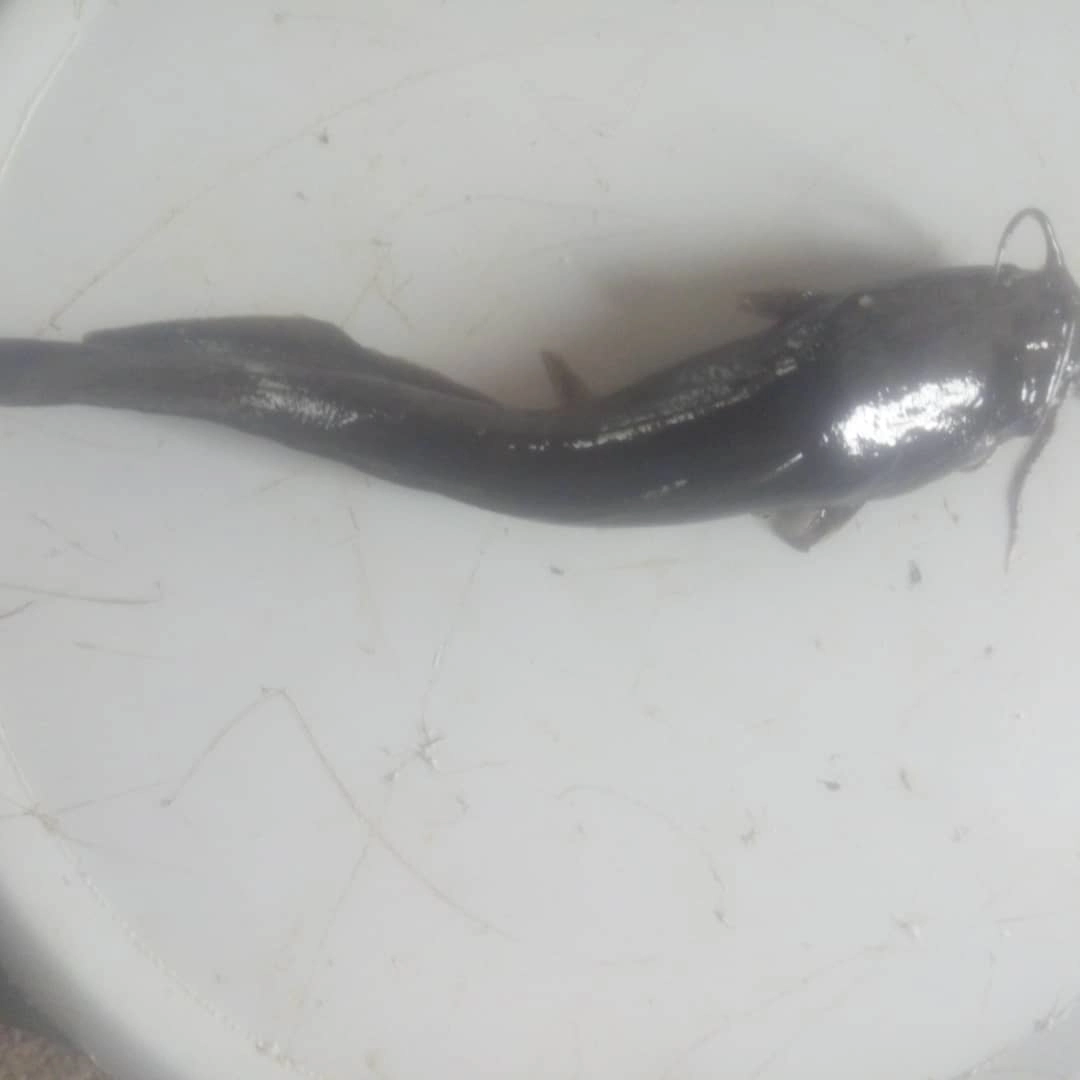
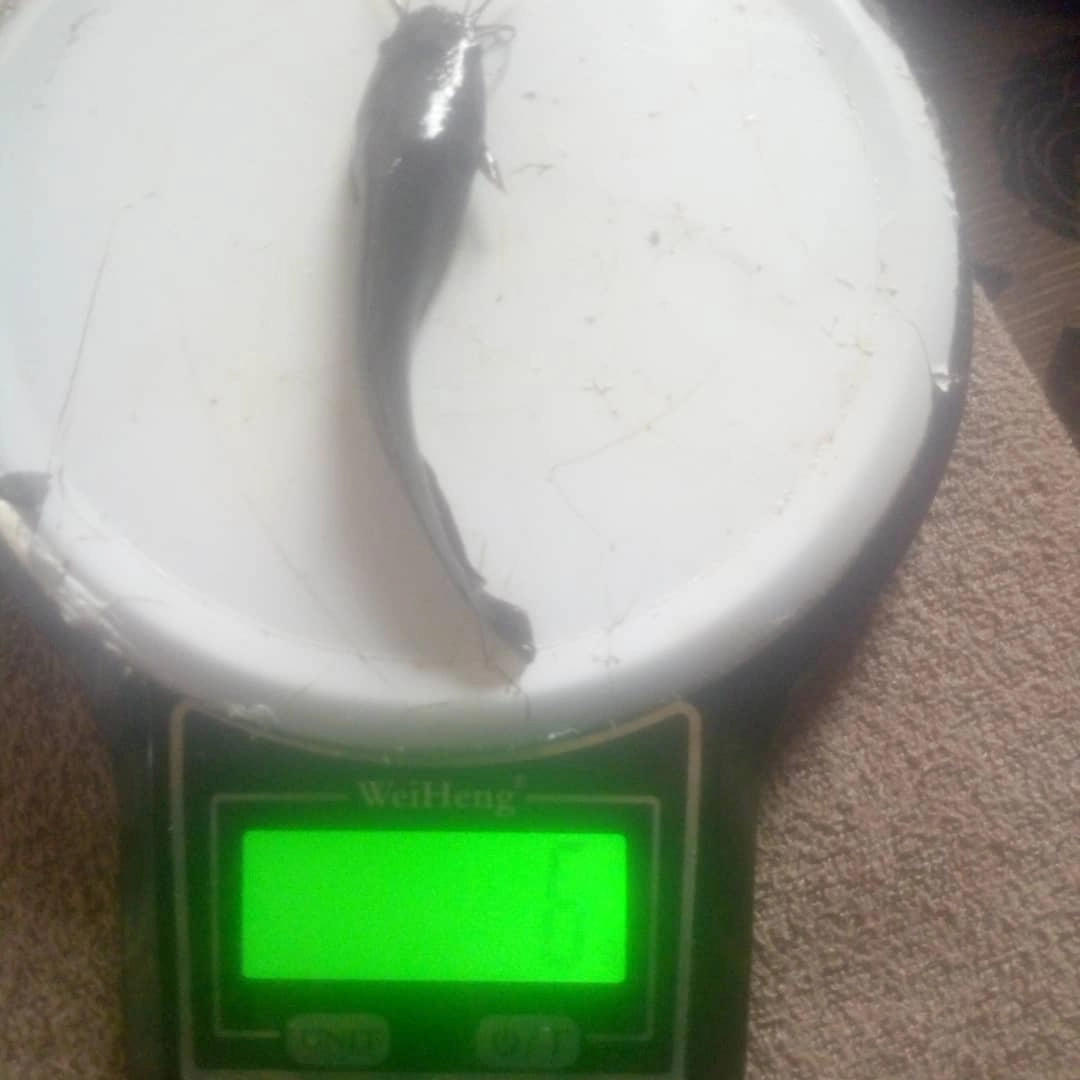
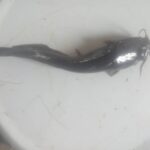
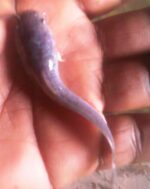
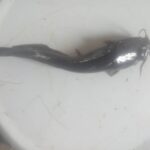

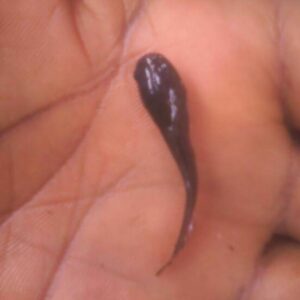

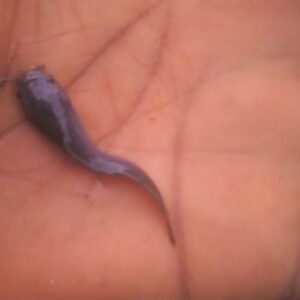
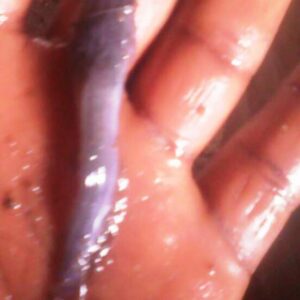
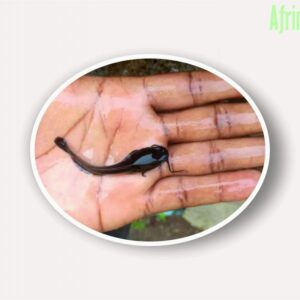
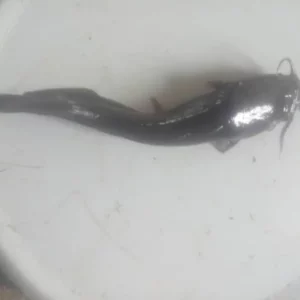
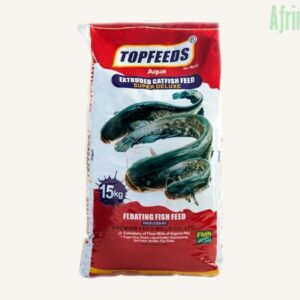
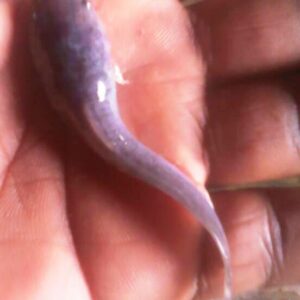
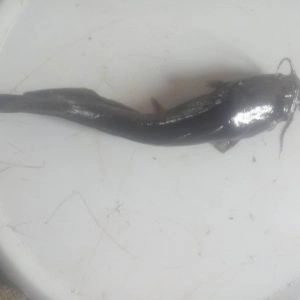
Verified owner Akin (verified owner) –
These sets of fish are the best, and also delivery service was okay